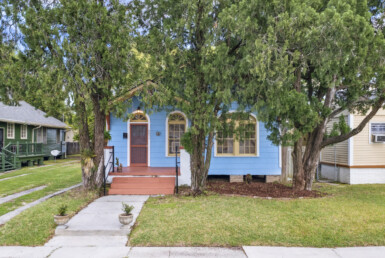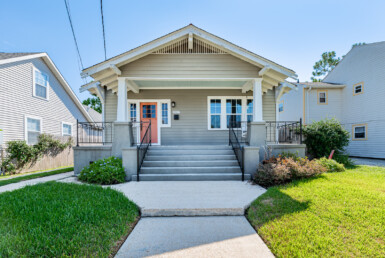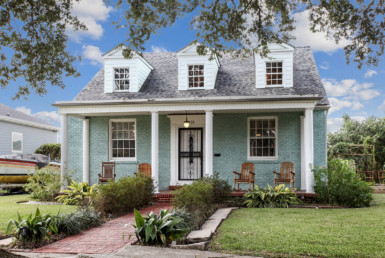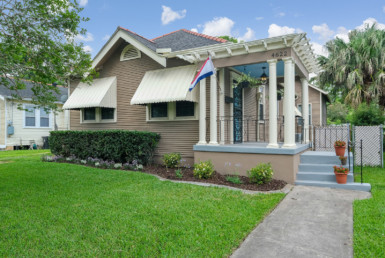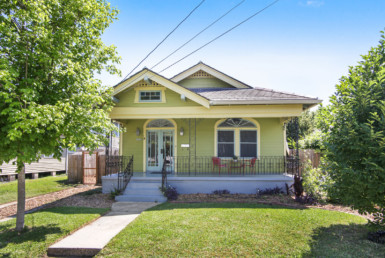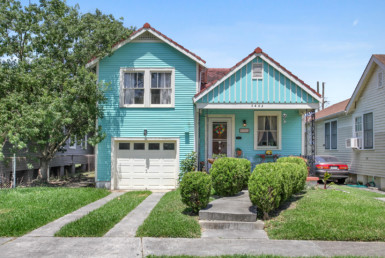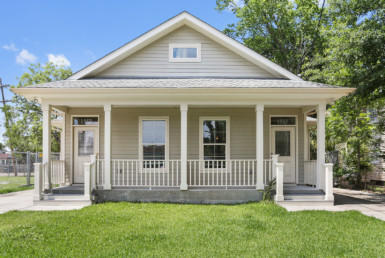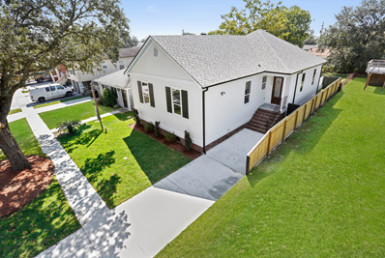Gentilly Terrace
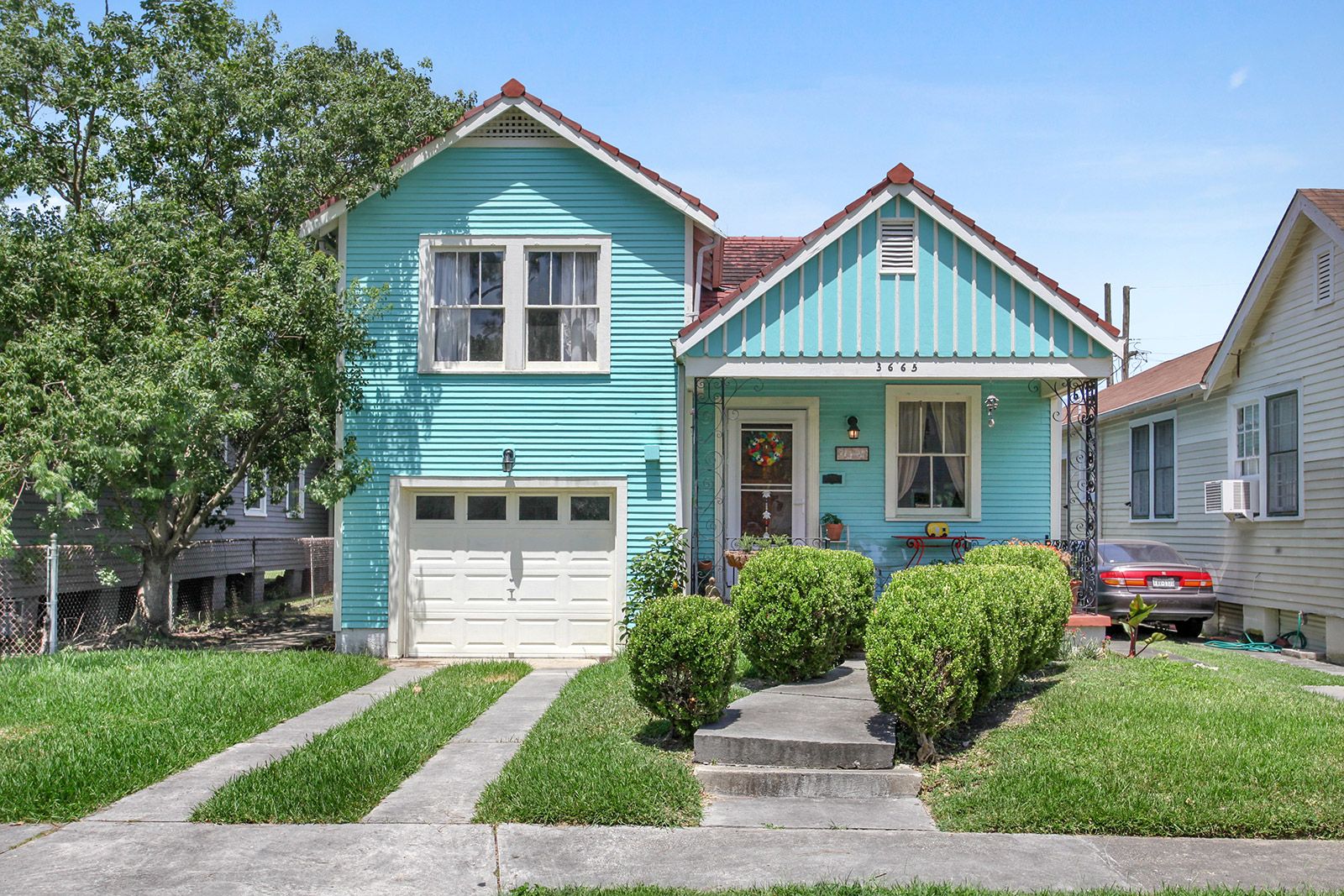
Gentilly Terrace was the second of New Orleans’ 20th-century neighborhoods to be named to the National Register of Historic Places. Developers Michael Baccich, Edward E. Lafaye and R. E. Edgar deMontluzin, who advertised their new neighborhood as a place “where homes are built on hills,” planned their new community in 1909. “Hills” is an exaggeration, though Gentilly does sit on some of the highest land (4-5 feet above sea level) in metro New Orleans and many of its lawns do, in fact, sit atop man-made hummocks. Today, the neighborhood contains the largest collection of California Craftsmanstyle bungalows (built 1910-26) in the state, as well as English cottages and Spanish and Mediterranean Revival raised houses from the period 1910-1940. Twenty-foot setbacks on all lots and the presence of venerable oaks on major boulevards create a park-like setting. Long before the 1909 development, in 1727, French colonists Mathurin and Pierre Dreux selected the natural levee along Bayou Sauvage as the site of their plantation, which they named “Gentilly” after the commune from which they came. Gentilly remained essentially rural, with a small village located three miles from the Vieux Carré, through the 19th century.
The establishment of Dillard University in 1930 and improvements in drainage technology spurred development here and in nearby Sugar Hill, which drew African-American professionals. As early as 1900, streetcar lines from downtown made it easy to get from old New Orleans to this progressive Californiastyle suburb. Gentilly Terrace remains as stylistically distinct as it was when Baccich, Lafaye and deMontluzin proposed their cutting edge development. Throughout the district, you’ll find handcrafted piers and exposed rafters with carved ends, small-paned decorative windows and nlaid cobblestones and pebbles in porch piers, front steps and portecocheres.
Despite the presence of nearby shopping centers, Gentilly Terrace retains a laid-back, almost country feel that makes it attractive to both young families and older people, most of whom own their homes. Convenient to the Lakefront and the University of New Orleans as well as to downtown, the neighborhood is home to Gentilly Terrace Creative Arts Elementary School and is near Brother Martin High School, St. Joseph Central Catholic Elementary School and Benjamin Franklin High School.
Courtesy of the Preservation Resource Center of New Orleans.


